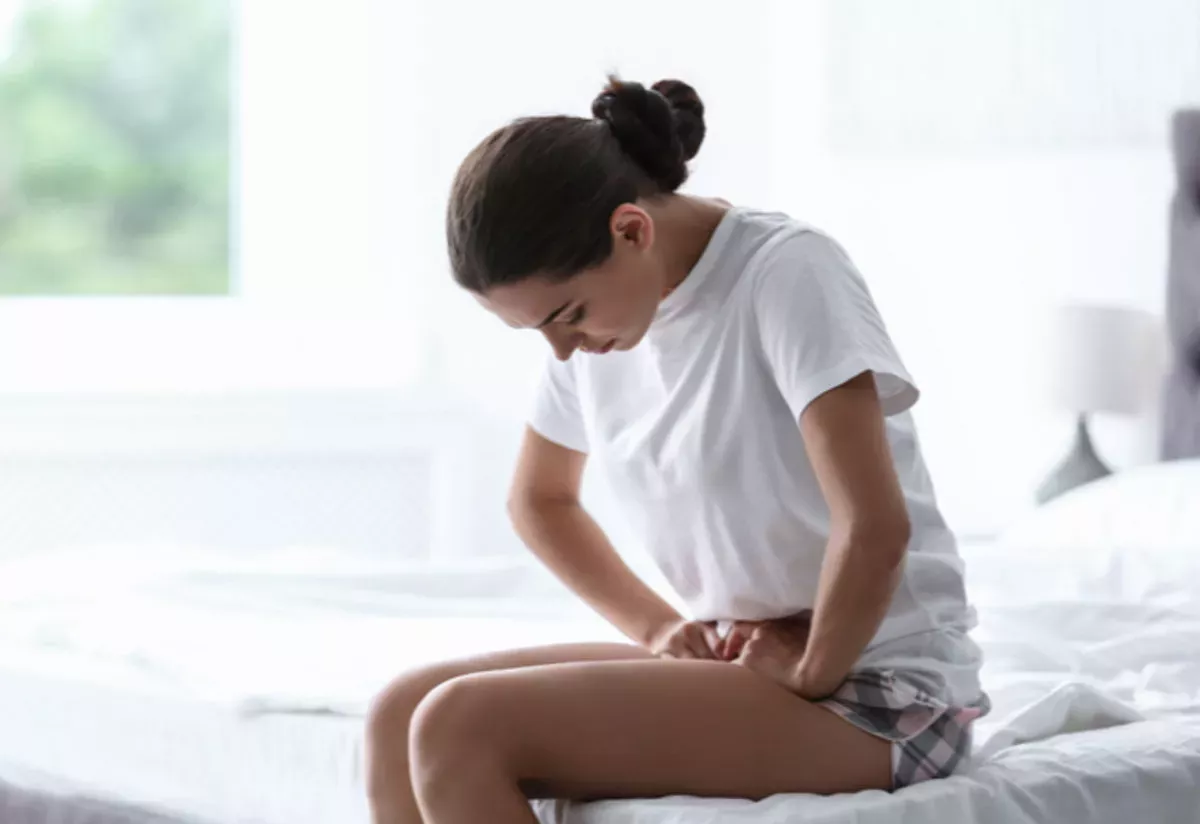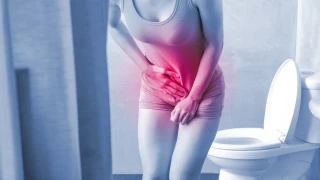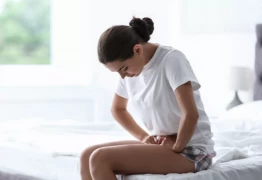
How does menstrual pain go away? What Causes Period Pain?
- How does menstrual pain go away? What Causes Period Pain?
- How does menstrual pain pass?
- How to Understand Menstrual Pain?
Women get their period every month. While this period is painless or less painful for some, this pain is quite severe for others. Menstruation is also known as menstruation or menstruation. During menstruation, severe cramps are seen especially in the lower abdomen, in the groin area, and in the lumbar region. In addition to these, side effects such as headache, nausea, vomiting and diarrhea can be seen. So, what causes menstrual pain?
There are many reasons for pain during menstruation. The event called menstruation actually occurs when the wall of the uterus is not fertilized and is expelled by the body. The uterus is actually a muscle tissue. Menstruation is the removal of the soft wall surrounding the inner side of this muscle tissue from the body. For this reason, the uterus contracts and menstrual pain occurs. Prostaglandin is the hormone that causes the uterus to contract. The higher the prostaglandin level, the more severe the menstrual pain.
How does menstrual pain pass?
The menstrual period that women experience every month is sometimes very severe. Women are looking for remedies to alleviate and pass menstrual pain. Some applications to reduce menstrual pain are as follows;
- Applying heat is important for menstruation. A hot water bottle, a hot towel or a hot shower will help relieve menstrual pain.
- Sports and exercise should be done regularly. Exercising increases the secretion of endorphins and is effective in reducing menstrual pain. Simple exercises such as cycling, swimming, walking can be done.
- Massage to the abdomen helps to reduce menstrual pain.
- Vitamins such as magnesium, B vitamins and fish oil have been observed to reduce menstrual pain.
- Acupuncture is an important alternative for menstrual cramps. It is effective in reducing pain.
- Some herbal teas help reduce menstrual cramps. These teas; St. John's Wort, sage, mint tea, and linseed tea. These teas also help relieve edema.
- Menstrual cramps are more common in women who smoke. Pain reduction was observed in those who quit smoking.
- Practices such as yoga, meditation and pilates help relax the muscles and relieve pain in the body.
- Eating foods containing fiber reduces menstrual pain.
- Reducing salt, especially during menstrual periods, helps relieve menstrual pain.
- Lying in the fetal position allows the abdominal muscles to relax. It gives very useful results with hot application and painkillers.
How to Understand Menstrual Pain?
So, how to understand menstrual cramps? Some symptoms are seen in women before the start of the menstrual period. Thanks to these symptoms, women understand that they will have their period. A small amount of bleeding can be seen 4-5 days before the start of the menstrual period. The most obvious symptom of menstruation is pain in the abdomen. During this period, the desire to eat sweets increases in women. During this period, as intrauterine contractions increase, pain and cramps occur in the abdomen and groin area. This situation sometimes becomes unbearable. Not all women experience the same symptoms. In fact, some women do not feel any pain during their period.
During this period, psychological changes may occur in women. In addition, swelling or hardening of the breasts is felt. Eating habits change during menstruation. Some women want to eat sweets during this period, while others want to eat sour products. Again, your genetic structure is one of the important factors in menstrual pain. Menstrual pains begin to show symptoms 2-3 days before menstruation and decrease 3-4 days after menstruation.
If your menstrual cramps reach unbearable levels, you should definitely consult a specialist. Because the cause of these pains can be various diseases such as myoma, ovarian cyst, intrauterine adhesions, genital infections or polyps. People who experience unbearable pain every month should seek expert support without delay.




